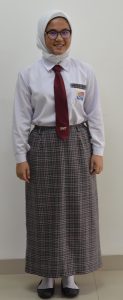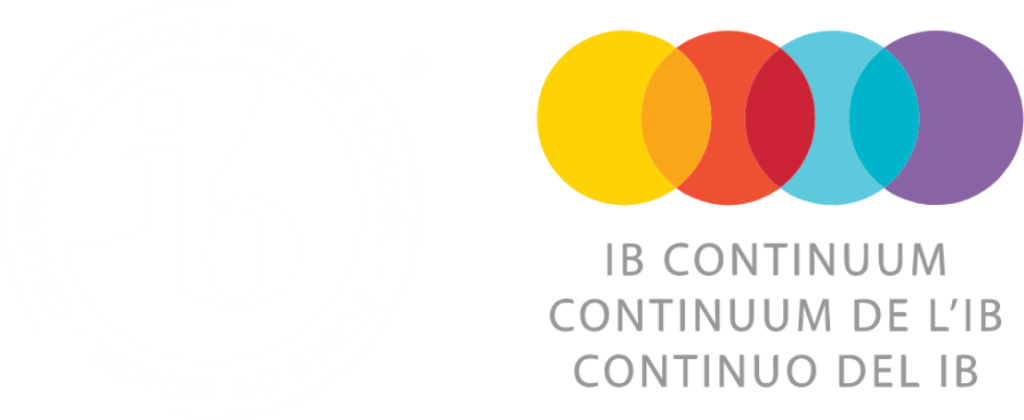Early Childhood Education
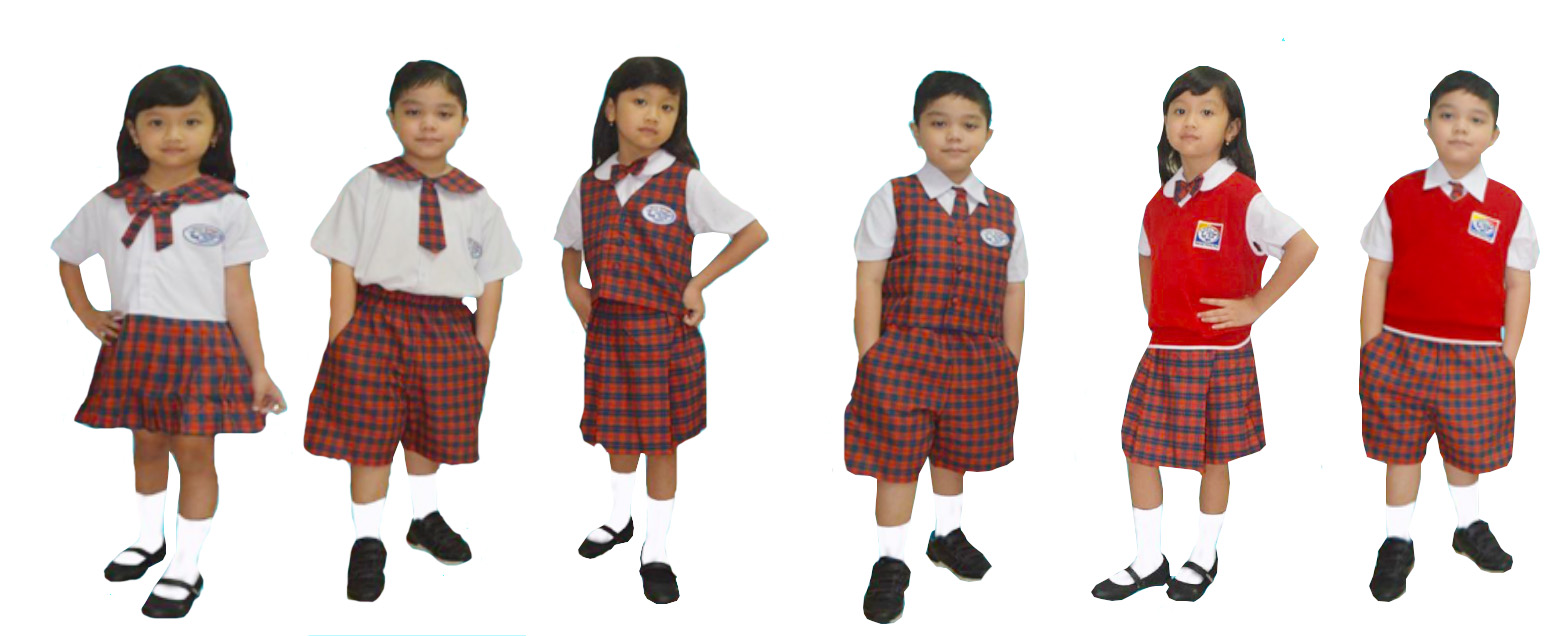
The Early Childhood Education of Sekolah Victory Plus adopted a mandatory school uniform policy for all students in Toddler through Early Years 2, which can promote school safety, improve discipline, and enhance the learning environment.
ECE Uniform Policy will support the following issues:
- Uniforms would promote a statement of identity.
- Uniforms would create security through identification.
- A sense of school unity will be created.
- Students will learn discipline.
- School spirit will be enhanced.
- A more positive atmosphere conducive to education will be established
ECE students are provided with different types on uniform including a sport uniform.
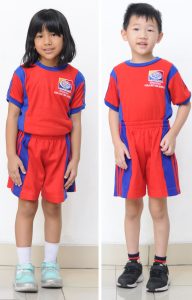
The schedule of wearing the uniforms is informed at the beginning of the school year as well as in ECE Parents Handbook.
Batik Day.
In regards to our appreciation of Indonesian culture, we wear Batik every Friday. ECE students are invited to come to school wearing their own Batik attire.
Students’ Grooming Requirements
- School uniforms should be clean, in good condition, neat and worn as specified
- Blouse and shirts have to be tucked in
- Girls are encouraged to wear black bike shorts under skirts or dress
- Shoelaces should be neatly tied.
- Hair must be clean, neatly combed or brushed, trimmed, and attractive.
- All female students with long hair are requested to tie back their hair during school activities for convenience and health reasons
- Boys’ hair must be trimmed above the collar and ears.
Shoes
- Black shoes for Monday, Tuesday, Wednesday, and Thursday.
- ECE students may wear free shoes on Friday, if they wish.
- Shoes must be safe and practical for active play.
- Flip-flops, sandals, open-toes and wheeled shoes are not acceptable.
Socks
- White socks with SVP emblem on Monday, Tuesday, Wednesday, Thursday
- ECE students may wear free socks on Friday, if they wish
Belts
- Belts should be black
- Belts are optional for boys and girls.
- The belts stretch, as do the pants and shorts. Children can pull them up or down without unbuckling the belt, if they wear it.
Jewellery:
- Girls may wear jewellery in modest amounts; only one pair of simple earrings. Necklaces and bracelets are not allowed on school days for the student’s safety reason.
- Boys may not wear jewellery.
Primary School
We want our students to take pride in their personal appearance, and to be proud to wear the school uniform. We discourage untidy, dirty and unusual personal appearance, and the incorrect wearing of the school regular and PE uniforms.

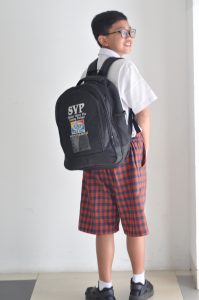
Hair and Accessories
Students should pay attention to the following matters:
- Hair must be clean and neatly groomed
- Fringes are to be kept out of the eyes at all times
- Long hair is to be tied up (compulsory in PE lesson).
- Hair for male students must be above the collar. Ponytails for males are not permitted.
- Obviously unnatural coloring of the hair is not permitted.
- Use of cosmetics, including nail polish and colored contact lenses are not permitted.
- Smartwatches are not allowed. Non-smartwatches are allowed.
- No jewellery is to be worn. Girls are permitted to wear simple ear-studs only.
- Brightly coloured or extravagant hair ribbons or other clothing accessories are not permitted.
School Uniform
Uniform Schedule
|
Days |
Boys |
Girls |
|
Monday |
White shirt with tie, checked shorts, plain black shoes, white socks |
White shirt with tie, checked skirt, plain black shoes, white socks |
|
Tuesday |
White shirt with tie, checked shorts, plain black shoes, white socks |
White shirt with a layered tie, checked skirt, plain black shoes, white socks |
|
Wednesday |
White shirt with tie, checked shorts, plain black shoes, white socks |
White shirt with tie, checked skirt, plain black shoes, white socks |
|
Thursday |
White shirt with tie, checked shorts, plain black shoes, white socks |
White shirt with a layered tie, checked skirt, plain black shoes, white socks |
|
Friday (NEW) Batik Day |
Batik shirt, school or dark coloured pants or shorts (no jeans), plain black shoes, white socks |
Batik shirt / blouse / knee length batik dress/skirt, school skirt or matching dark coloured skirt/trousers (cotton material), no jeans, plain black shoes, white socks |
|
PE lessons |
Sports uniform, white socks, sport shoes. |
Sports uniform, white socks, sport shoes. |
- The uniform does not reflect a particular religion.
- The uniform must be kept clean.
- Shirts must be tucked inside the shorts or skirts.
- All students must wear a singlet under their shirt.
- The students may use school bags.
- All students may not wear their own jackets. They may wear school vest instead.
- For P.E. lessons, students may wear the PE uniform from home and bring the school uniform for changing after the P.E. lesson. A change of clothes is required for health and hygiene reasons
- If students have PE on the day of a scheduled flag raising ceremony they are required to wear the school uniform and change for PE.
- If parents need extra uniforms they can buy it in the admissions and pay through the cash deposit machine (the amount and the account number will be given by the admissions team).
School Bag
- Students may use the official school bag for school. An additional bag may be brought on swimming days. Students are not allowed to use trolley backpacks to school.
Middle and Senior School
The school uniform, as laid down in the school regulations, must be adhered to and no additional items of clothing will be accepted. Uniform should be pressed and kept tidy at all times.
Below is the uniform information for all secondary students
|
Days |
Boys |
Girls |
|
Monday to Friday |
White shirt (tucked in), SVP neck-tie, long gray pants covered black shoes, white socks, black belt, SVP jacket and vest (optional) |
White shirt (tucked in), SVP neck tie, covered black shoes, gray skirt, white socks, black belt, SVP jacket and vest (optional) |
|
Friday |
Batik shirt, long gray pants, black belt, white socks. |
Batik shirt, school checkered skirt/ long black pants, black belt, white socks. |
|
PE lessons |
Sports uniform, white socks, sport shoes |
Sports uniform, white socks, sport shoes. |
In the event where students are required to come on Saturdays or any day where school uniform is not applicable, the general dress code is casual and conservative. Boys must wear long pants while girls wear an at least knee length skirt or trousers.
Optional Muslim Uniform for Middle & Senior School female students only.
Female Muslim students in secondary school may opt to wear hijab with the following expectations:
|
Monday – Thursday |
Friday |
|
|
SVP white shirt with long sleeves SVP checkered skirt length to ankles. SVP issued headscarf SVP necktie, a black belt, white socks plain black shoes, and SVP jacket or SVP Vest (optional or during formal occasions), |
Students may choose to wear normal school uniform as outlined, or they may wear batik as follows; Batik outfit or a batik blouse with a matching skirt or trousers, white socks, and plain black shoes & SVP issued headscarf |
Prior to wearing the alternative uniform, female Muslim students will need to speak to our Secondary Principal to obtain a notification form signed by their parents in order to ensure that they are serious about wanting to wear the hijab and are willing and have the maturity to make this decision.
SVP Middle & Senior School Uniform

